WHAT VEHICLE ELECTRIFICATION MEANS FOR OUR INDUSTRY
- PostedPublished 1 March 2017
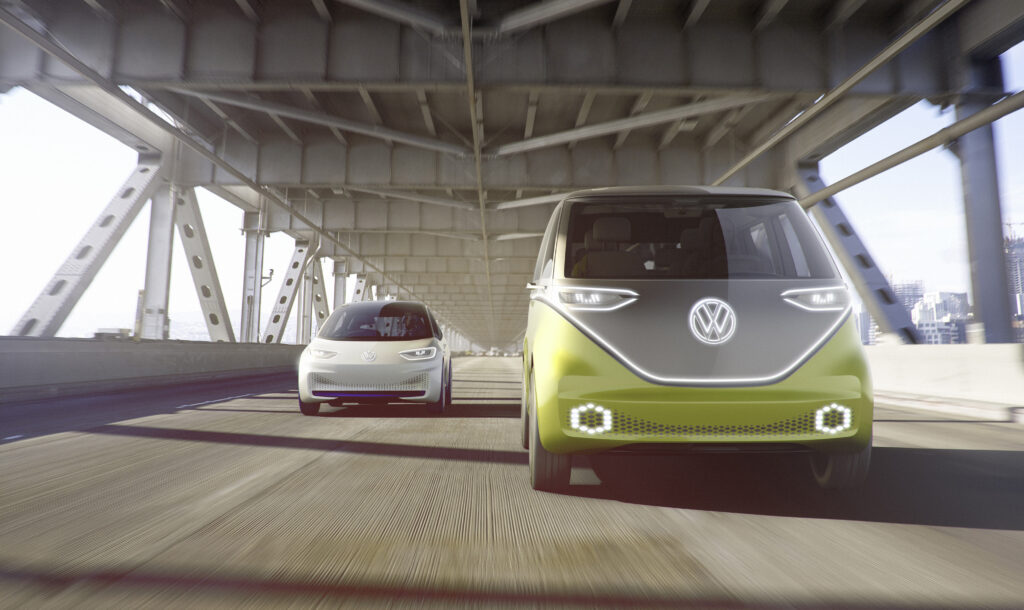
SOONER or later, electrified vehicles will be a common sight in Australasian vehicle dealerships and on our roads.
New Zealand is bringing about the electric revolution by carrot and stick measures, while in Australia market forces will be the leading cause of change and this will only be accelerated by the demise of local car manufacturing, which is likely to increase the influence of vehicles designed for overseas tastes and trends.
Linked to these changes will be the growing global distaste for diesel, which is already making way for high-efficiency petrol and electrified drivetrains in even the most historically staunch diesel markets such as France (see separate story on page 6).
Despite the damaging diesel emissions rigging scandal, Volkswagen Group became the world’s biggest carmaker by volume in 2016, so will be influential and instrumental in the transition from diesel to electric propulsion.
The embattled German giant has pledged to launch at least 30 electrified vehicles by 2025 and has developed a specific platform to underpin them. Looking across the VW empire, there are already numerous electrified vehicles in its line-up, from the full-electric e-Up city car and e-Golf plus plug-in hybrid versions of the Golf and Passat, while premium brand Audi has the A3 e-tron and Q7 e-tron. Luxury sports division Porsche also sells electrified versions of the Cayenne SUV and Panamera sedan. Further upmarket, Bentley will soon have a hybrid Bentayga SUV and Lamborghini’s Urus SUV range is also tipped to include an electrified option.
Toyota, which lost its global sales leadership title to VW, is famous for bringing hybrids to the masses with its Prius and already has a comprehensive program of vehicle electrification and hydrogen fuel cell technologies that are spreading across the globe.
General Motors, now third-biggest car manufacturer, revealed last year that half its entire 8600-strong global design and engineering team is working on electrified and alternative fuel drivetrains.
Just by looking at three global leaders it is clear to see the way things are headed. Their competitors are doing much the same, while fringe-dwellers such as Tesla build excitement around electric cars.
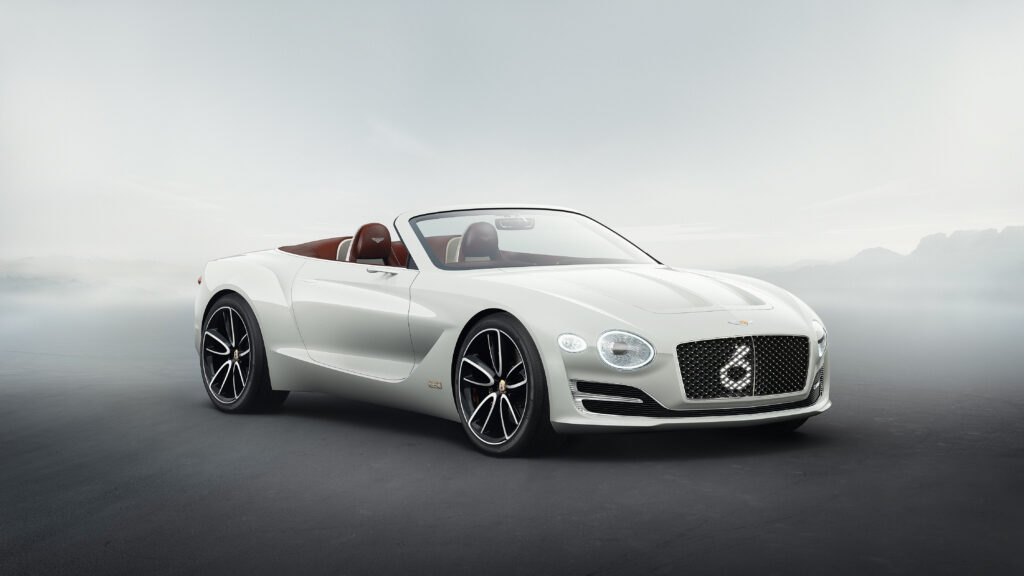
These international Goliaths of heavy industry are betting the farm on electrification. Even if they encounter initial customer resistance, they will use all their power and influence to make sure they get a return on that investment.
Speaking at the JD Power Automotive Summit in New Orleans earlier this year, Audi of America president Scott Keogh predicted that within a decade around half the world’s automotive brands will have made the switch to electric propulsion.
“You’re going to be looking at a marketplace in the next seven, eight, nine, 10 years where for 30 or 40 some brands their entire business is going to be battery-electric vehicles,” he said.
“All this fright about where am I going to get a [battery] charge is going to go away extremely fast.
“The technology on this front is moving at a staggering pace.”
Mr Keogh made another, more ominous prediction. The company knows electric cars will reduce the profitability of dealership service departments.
“We have to look at alternative channels and start to make money,” he said. “These cars are going to have to be fixed less.”
This could spell bad news for the aftermarket repair industry.
Change is coming and could accelerate overnight if fuel prices spike or some other event triggers sudden demand for electrified cars.
It is safe to expect some serious developments in the near future, all of which will affect our industry.
Read on to find out what our electric future look like from a repair perspective.
Electrical systems
For most VASA members and the more professional operators in the vehicle repair industry, a skill or preferably qualification in auto-electrical is all but mandatory these days.
But once electrified vehicles become the norm, everybody will need to be an auto-electrician. They will also need to be competent in high-voltage systems.
The good news is, CEO of US-based electrified car repair training company ACDC Craig Van Batenburg told SightGlass News that bright, well-trained technicians who already have a good understanding of electricity need just a week of quality high-voltage training to get started.
“I think an auto technician is perfectly capable of doing it, the skill set they have is pretty good so all they need is the training and the desire,” he said.
“80 per cent of the car has not changed, it is just spinning the wheels differently.”
But he warned: “If they don’t understand electricity very well, they don’t work in a modern shop, they don’t work on modern cars, they don’t have Internet access, they don’t have factory scan tools, any of those missing elements make the job difficult.”
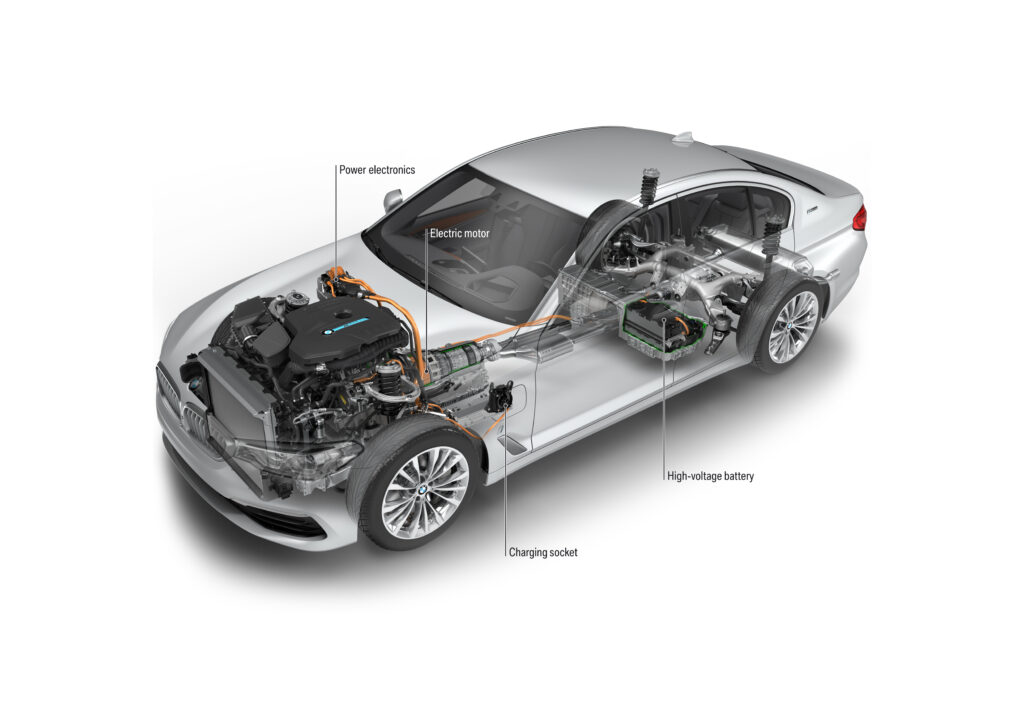
Mr Van Batenburg added that after a year of working on electrified vehicles, the technician would probably feel the need to expand their knowledge with some more advanced training.
While 48V systems are only starting to emerge on production cars, hybrids with battery voltages upwards of 100V are out there along with 400V plug-in hybrids and pure-electric vehicles
Hydrogen fuel cell vehicles, yet to hit the Australasian market commercially, also run high-voltage systems.
Mr Van Batenburg said the high-voltage cables identified by orange insulation use an isolated ground rather than the chassis ground of 12V circuits.
“All the components are bolted to the chassis so if there is a short it will short to the frame and the computer in the battery sees it then immediately switches the battery off or blows the fuse,” he explained.
“If the manufacturer had put the components on rubber mounts and there was a problem then somebody touched that component, they’d be dead.”
There is a half-second delay in electrified vehicles between pushing the starter button and the high-voltage system engaging, providing time for the computers to detect any safety issues.
“If a little animal had eaten through the orange cable that night it would sense that short and turn the battery on and off instantly,” said Mr Van Batenburg.
“There would be code saying high-voltage leak to chassis ground. There is a lot of safety built into this.”
As covered by Mr Van Batenburg’s article in the December 2016 edition of SightGlass News, essential equipment for working on electrified vehicles includes Class 0 1000-volt rubber safety gloves and a CAT III rated DVOM.
For the time being, electrified vehicles continue to run a traditional 12V accessory circuit. But even these are likely to fade away in favour of 48V systems.
In addition to propulsion, 48V systems powered by regenerative braking can drive air conditioning compressors, water pumps and oil pumps on demand, reducing crankshaft drag and improving efficiency for internal combustion engines.
Components for autonomous driving will also rely on 48V power.
Volkswagen Group was first to market with 48V systems on production cars, starting with the adaptive suspension system on the Bentley Bentayga that is also fitted to the Audi SQ7.
The SQ7 also has a 48V electric supercharger designed to eliminate lag by helping the diesel V8’s twin turbos spin up.
Thermal management and HVAC
Car manufacturers and their suppliers are working hard to develop efficient thermal management methods for vehicles without an internal combustion engine, as well as those with a combination of combustion and electrification.
Anyone who has tried taking digital photos or videos while skiing will know how badly batteries perform in cold temperatures, while excessive heat dramatically reduces their lifespan.
In addition, while battery temperatures can soar under fast-charging, electric drivetrains produce a lot less heat during operation than internal combustion, making it harder to heat the cabin for comfort.
Many electric vehicles on the road today use resistive heaters to provide passengers with warmth, but this method is not energy-efficient, requires further energy for dehumidification and compounds the reduced battery capacity caused by the same cold conditions making the occupants require heat.
Heated seats are more efficient as they directly warm the occupants rather than changing the air temperature, while advanced insulation and glazing technologies protect against external heat or cold to reduce the energy needed to regulate cabin temperature.
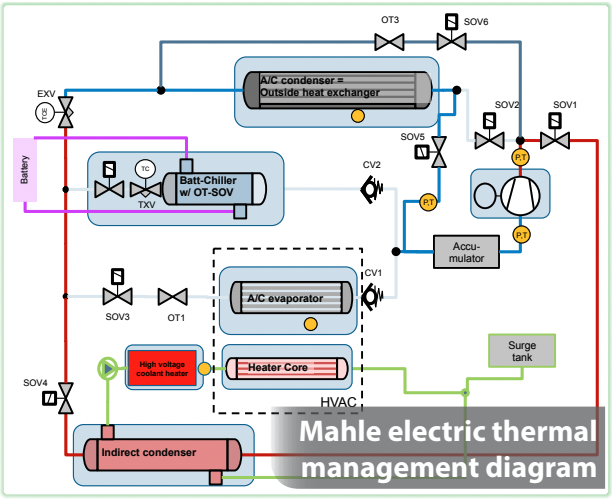
But the majority of manufacturers are now developing technologies based on heat pumps to regulate drivetrain, battery and interior temperatures.
“In a 2011 Nissan Leaf the high-voltage battery heats up water in a little tank and pumps it under the dashboard to a heater core, which is conventional but very inefficient,” said Mr Van Batenburg.
“From the 2013 model year Nissan introduced a heat pump. In 2015 the Kia Soul Electric also had a heat pump, so these are pretty much standard on electric cars now.”
Depending on whether the vehicle is hybrid or full-electric, the systems now being developed combine refrigerant and water-based coolant circuits, in some cases both passing through the same heat exchangers, to harvest, disperse, convert and transport heat.
Already many electric cars use the air conditioning system to cool the battery pack, while air conditioning is also becoming a source of additional charge cooling for forced induction engines.
Combine this with the refrigerant circuits of heat pumps and the inter-mingling of cabin comfort with drivetrain thermal management is complete.
So not only will everyone in the vehicle repair industry need to be an auto-electrician, a sound understanding of refrigeration will also be essential.
Software and diagnosis
If you thought modern cars were already computers on wheels, think again.
Automotive analysts at Morgan Stanley expect the “software value” of a car to increase from 10 per cent in 2015 to 60 per cent in 2025.
Within 10 years a qualification in IT will become useful to those pursuing a career in automotive repair.
Of course there will continue to be wheels, tyres, suspension, steering and lights, but all these are changing or becoming computerised (even tyres) and almost everything else will be different.
A big battle will be getting manufacturers to share diagnostic and repair information with independent workshops, because the more data-based vehicles become, the more barriers can be installed in the name of security.
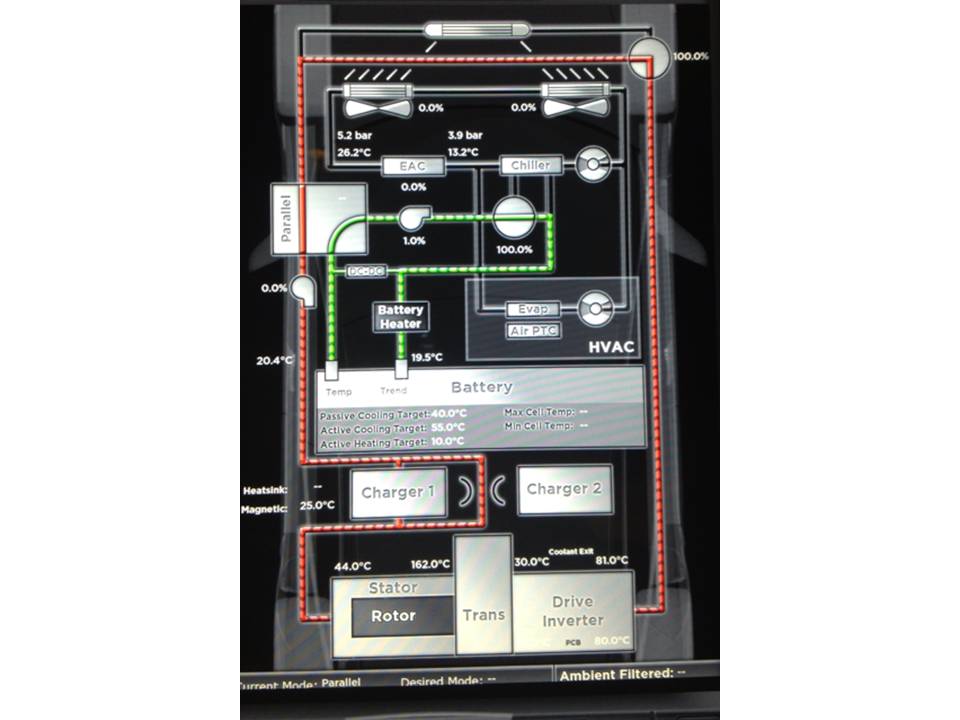
This is before we consider the threat posed by Internet-connected cars that automatically book themselves in for maintenance and repair, while directly downloading diagnostic data to franchised dealership workshops rather than providing their owners with a choice in the matter.
Autonomous cars that drive themselves to the repairer will be even worse, and we could even see cars that, like printer ink cartridges today, can detect whether replacement parts are genuine or not.
But for now, electrified cars use the industry standard OBD II port and can be diagnosed with the help of scan tools.
Mr Van Batenburg told SightGlass News his BMW scan tool worked perfectly with the brand’s all-electric i3.
“I plugged my BMW scan tool into the same familiar port, selected i3 in the list and all the information pops up, nothing has changed there,” he said.
Materials and methods
To save weight, major car manufacturers are already increasing the use of aluminium in car bodies, a local example being the Holden VF Commodore that uses the lightweight metal for its bonnet and boot lid.
Carbon fibre is no longer the preserve of exotic supercars, either. It is still primarily used on high-margin premium models such as the BMW i3, i8 and 7 Series as the material is around 16 times more expensive than steel.
However, the cost of batteries is even higher, so the efficiency advantages of light weight can pay for themselves in smaller, cheaper battery packs.
Interior components such as seats are increasingly using composites such as carbon fibre, even in relatively affordable cars, because new methods are streamlining the traditionally labour- and time-intensive production process, meaning carbon-fibre structural members and exterior panels are likely to eventually become mainstream.
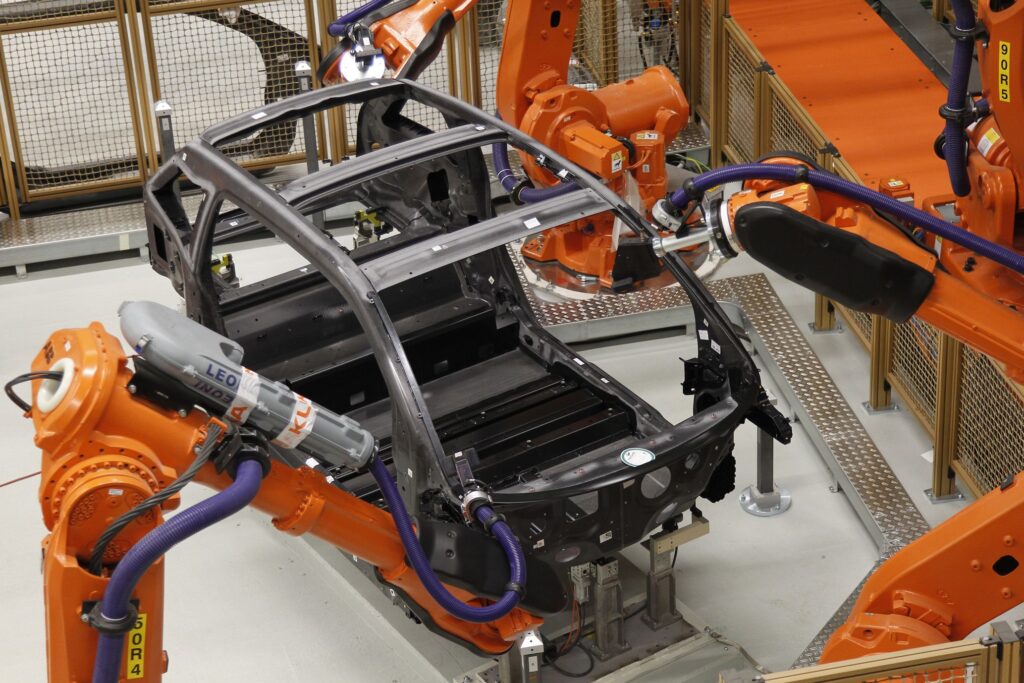
But body and structure are not the only areas of change. Hidden close to the skin of tomorrow’s electric, autonomous cars will be a network of sensors difficult to access for repair or replacement and requiring great care to be taken when removing or straightening panels.
For example, the distinctive ‘falcon wing’ doors of the Tesla Model X are full of sensors enabling them to open in tight spaces without hitting nearby objects and recognise familiar parking spots.
Unlike pimple-like ultrasonic parking sensors, the units on Tesla’s doors are invisible as they are the first that can ‘see’ through metal.
It is easy to imagine what might happen to the accuracy of such sensors if the metal were to be creased by an impact.
On the other hand, autonomous cars are expected to crash a lot less than human-operated ones, so panel damage will become a thing of the past, in theory.
Unlikely heroes
How does the humble contact lens fit into all this? Researchers at the University of Surrey in southern England have developed a polymer similar to that used in the vision-correcting devices, which when used as an electrolyte can dramatically increase the performance of supercapacitors, which, if deemed safe enough, could supplement or even replace batteries in future electrified vehicles.
The scientists believe their breakthrough, which appears to boost supercapacitor energy density between 1000 and 10,000 times, will eliminate both the long charging times associated with electric car batteries and the relatively short distance they can travel between top-ups.
Current supercapacitor technology provides only five per cent the energy density of lithium-ion batteries, with the advantages being their ability to quickly store and release power.
This potential leap forward promises to deliver electric vehicles that can travel just as far as their internal combustion equivalents between stops, with the ability to recharge in seconds rather than hours.
Work on a full-scale prototype of the new supercapacitor starts this year and could herald the beginning of both a new industry and a new era of electrified transport.
Another potential energy storage revolution is inspired by cell membranes found in the human body.
Engineers at Ohio State University in the US Midwest have developed a ‘smart membrane’ that can help prevent batteries from discharging when not used, including the occasional ‘thermal runaway’ effect that has been known to cause lithium-ion cells to overheat and catch fire.
The density of openings in the smart membrane can be electronically controlled to regulate the flow of charge across the battery’s anode and cathode.
If combined with a battery design known as redox flow, the smart membrane technology could form the basis of a new battery type that can either be recharged conventionally or quickly refuelled with liquid electrolyte, just like people fill their fuel tanks with petrol or diesel today.
The inventors also believe smart membrane technology could be used to enhance supercapacitor performance.
- CategoriesIn SightGlass
- TagsSightGlass News Issue 9

